Science News
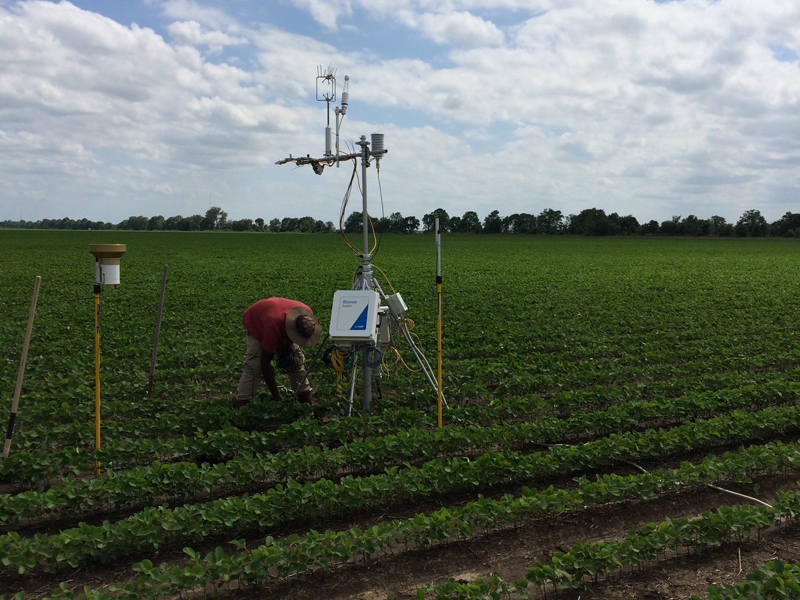
The Lower Mississippi River Basin’s Delta region lies mainly in Arkansas, Mississippi, and Louisiana. It is a fertile area that produces many crops. The region is warm and humid, with plenty of water. This makes it a potentially important carbon sink, capable of absorbing carbon dioxide from the atmosphere. However, such warm soil and plentiful moisture can also have the opposite effect. Carbon dioxide is released from decaying plants and organic matter in the soil.
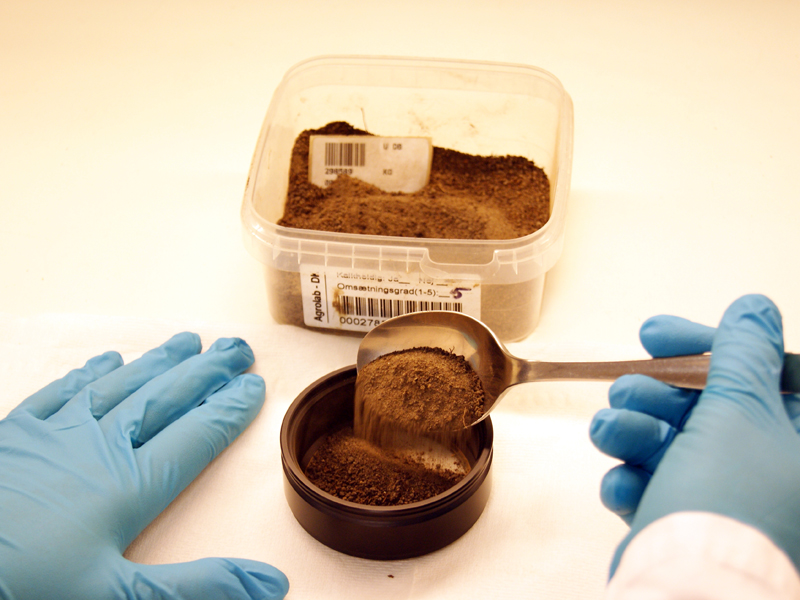
Farmers and gardeners know their soil texture can make a big difference in their success. Different plants have different needs for water, nutrients, and air. When they grow in soil that has the right texture, it is easier to deliver the right amount of water, fertilizer, or pesticide to the plants. Then they grow better.
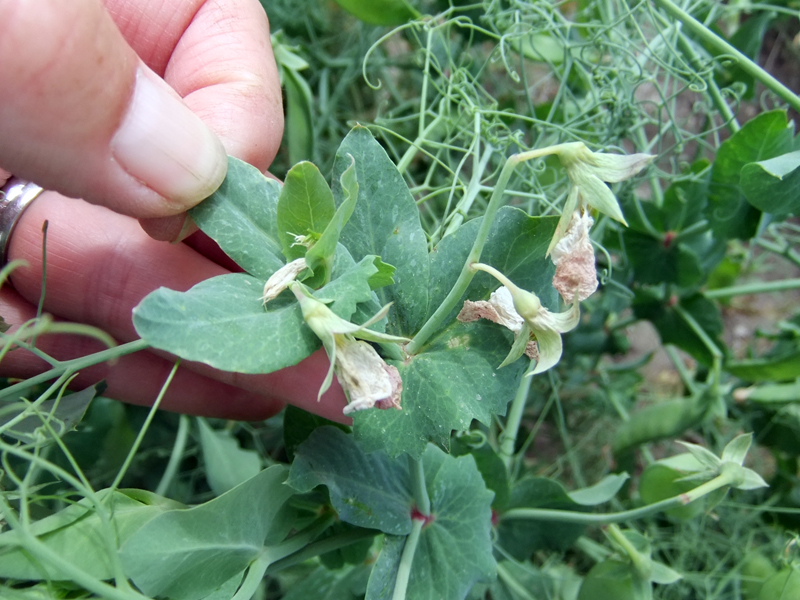
Farmers across the world produce between 10 and 13 million tons of field pea every year. That makes it a top legume crop, just behind dry beans and chickpeas.
 But as the global climate changes and temperatures continue to rise, heat stress is becoming a major limiting factor for pea cultivation.
But as the global climate changes and temperatures continue to rise, heat stress is becoming a major limiting factor for pea cultivation.
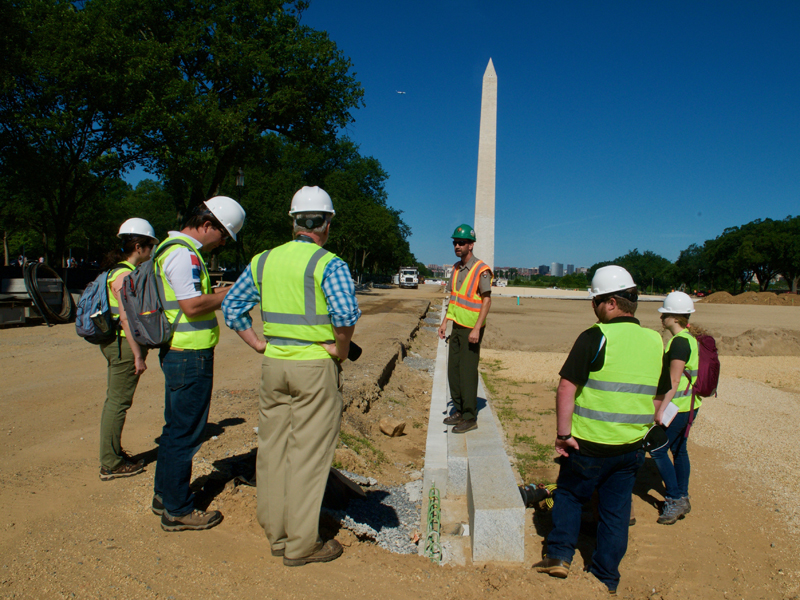
It’s not every day United States history mixes with microbes in the soil. But when the turf on the National Mall in Washington, D.C. was replaced, it offered scientists the opportunity to study changes in the soil underneath.
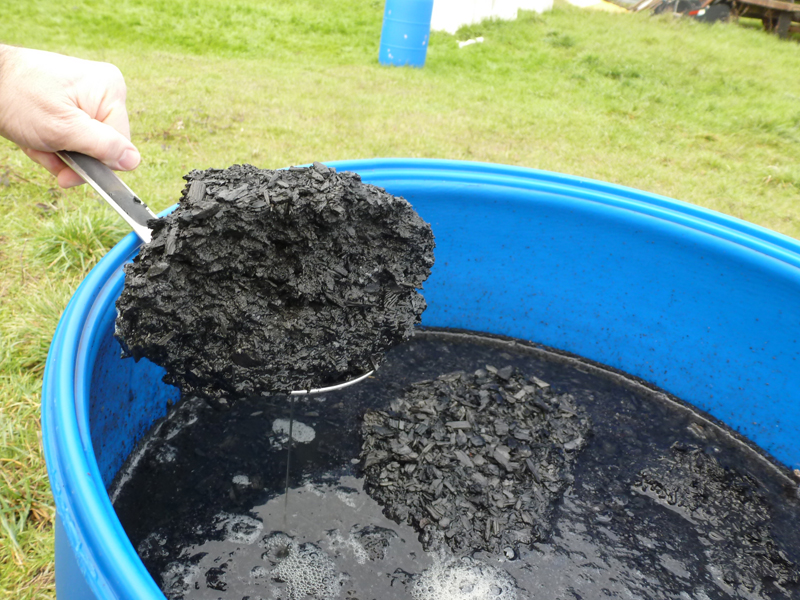
Manure is a reality in raising farm animals. Manure can be a useful fertilizer, returning valued nitrogen, phosphorus, and potassium to the soil for plant growth. But manure has problems. Odor offensiveness, gas emissions, nutrient runoff, and possible water pollution are just a few.
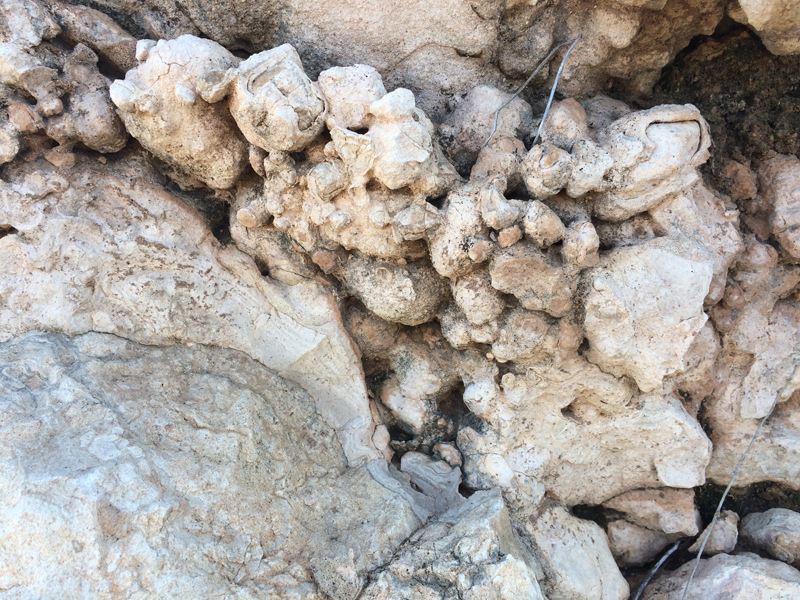
Producers sometimes face challenges that go deep into the soil. They need answers to help the soil, on site. A portable field sensor can accurately measure minerals in soils more easily and efficiently than existing methods. And a research team, including a middle school student and her scientist father, can confirm it.
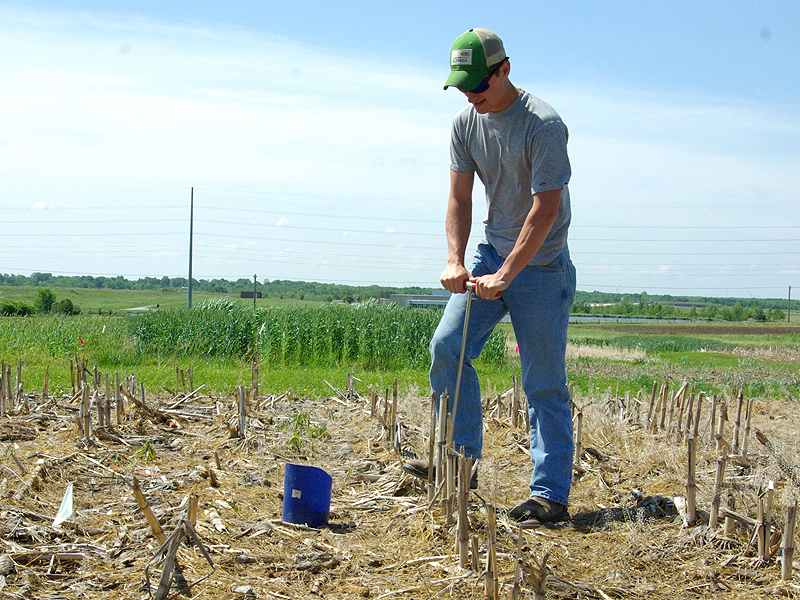
All soils are not equal. Rich loams support the world’s most productive agricultural regions, including swaths of the American Midwest. But in some parts of the Midwest, including areas in Missouri and Illinois, claypan soils dominate. And where claypans reign, problems for producers abound. New research from the University of Missouri could help claypan farmers improve yields while saving costs.
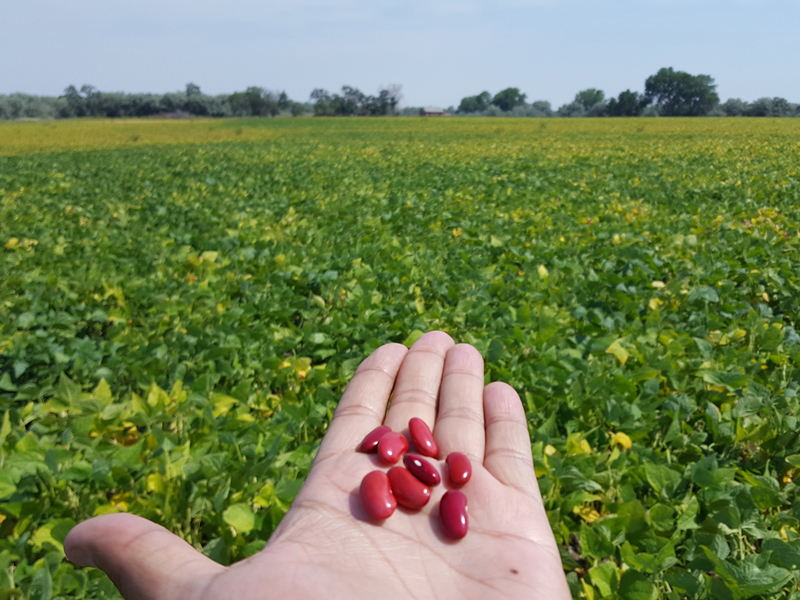
Kidney beans, like most other beans, are a nutritional powerhouse. They are packed with complex carbohydrates, protein, iron, and folate. They are also a good source of soluble fiber, which has several health benefits.
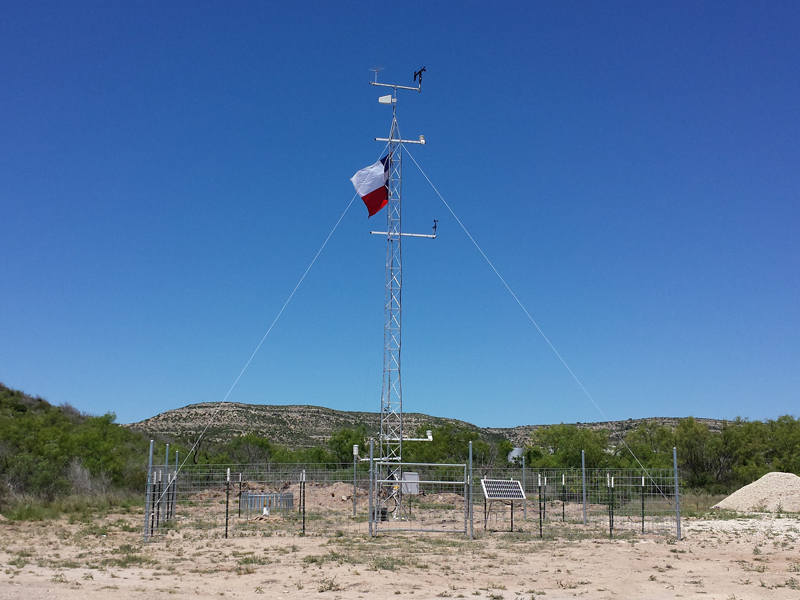
Are you a farmer who wants to keep better track of the climate conditions around you? There’s an app for that.
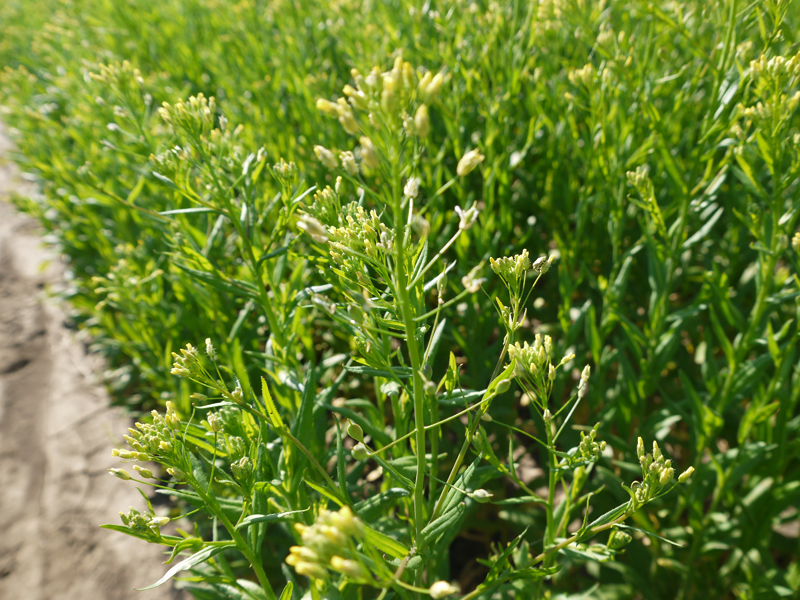
Camelina: Have you heard of it? It’s an emerging alternative oilseed crop in parts of the Great Plains.
 A new study looks at how three varieties of camelina perform when grown in two different regions within the Great Plains.
A new study looks at how three varieties of camelina perform when grown in two different regions within the Great Plains.
The end goal is to find the camelina variety that performs best in each location or environment. Augustine Obour at Kansas State University was the lead author of the paper.
